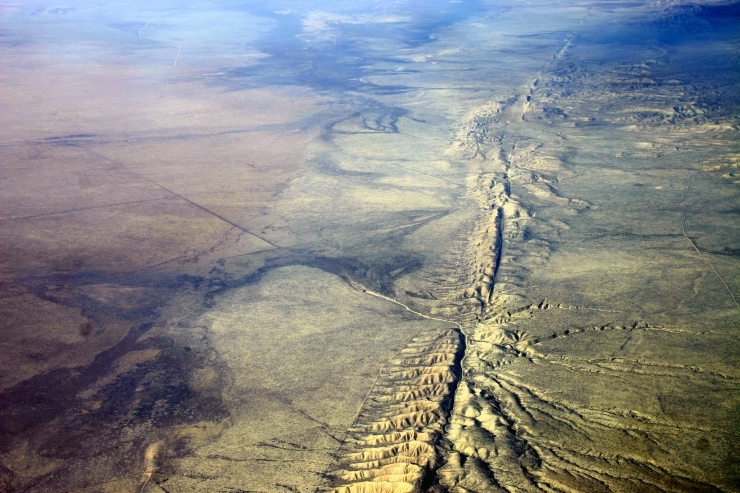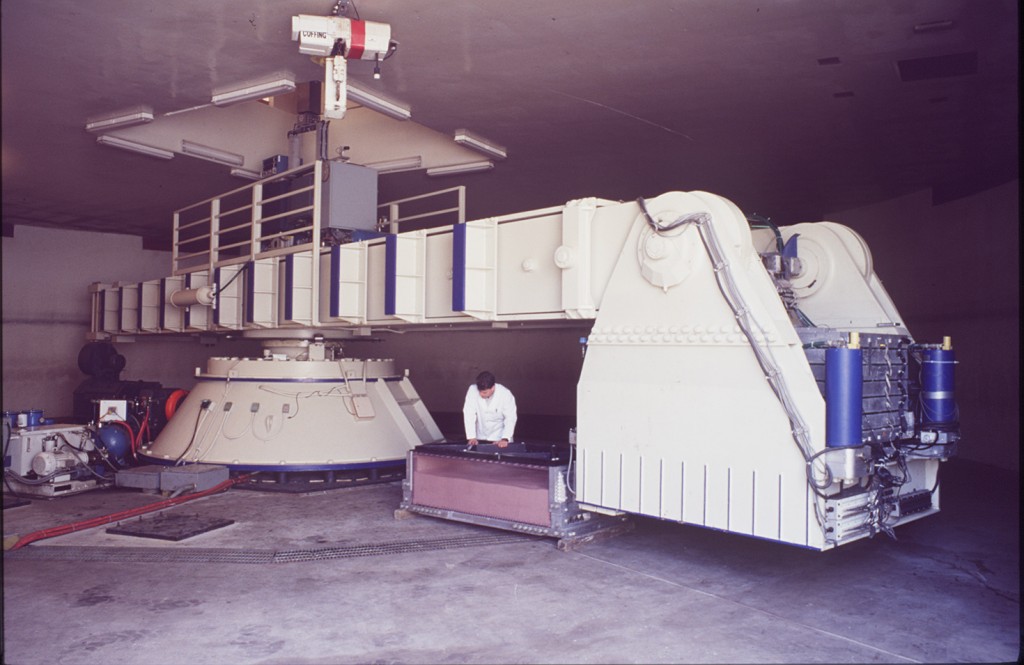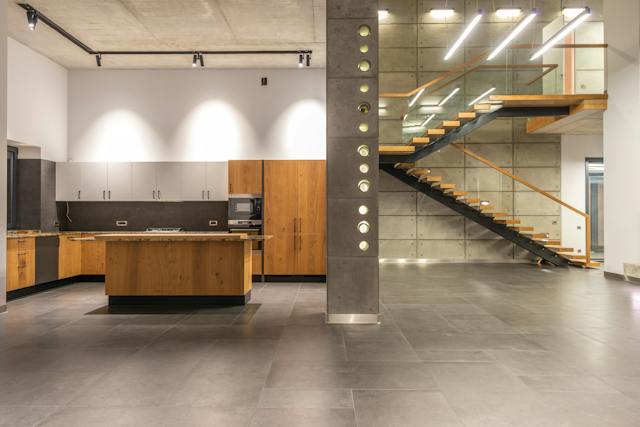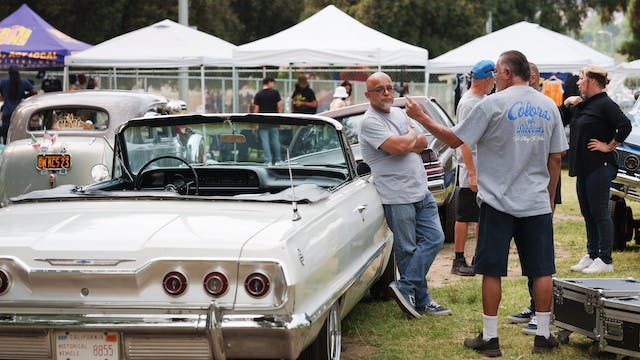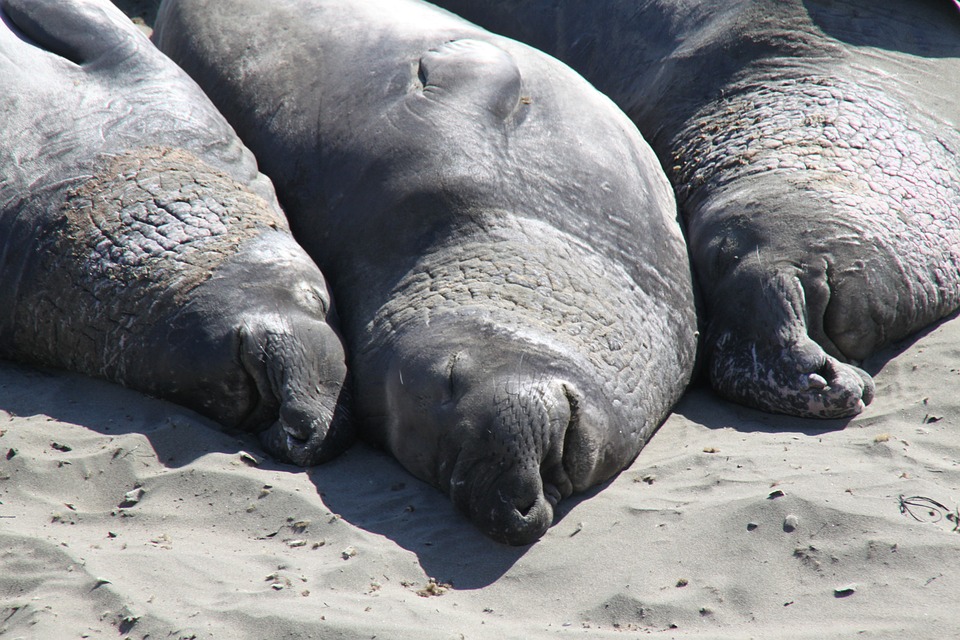The image above of the San Andres fault, an 1,800 mile (1,300 km) gash in the earth’s surface, hints at the awesome forces involved when two of the earth’s plates, in this case the Pacific and North American, co-exist. Extreme collisions can cause huge natural disasters from time to time, as we know, like the 1906 San Francisco earthquake.
IndustryTap has written about earthquake preparedness, building earthquake resistant buildings and bridges and using engineering to reduce the threat and cost of natural disasters. Engineers often travel to scenes of these events to collect information that can be used to improve structures in the future. But large and well funded research facilities have also been developed to re-create conditions seen in major earthquakes and other natural or man made disasters; this information is shared far and wide as extreme events occur everywhere.
One such technology is the geotechnical centrifuge, pictured below, used to investigate the response of soil and soil-structure systems to static and dynamic loading by events, such as earthquakes. The Rensselaer Polytechnic Institute’s (RPI) Center for Earthquake Engineering Simulation (CEES), part of the George E. Brown, Junior Network for Earthquake Engineering Simulation for NEES Grid (NEES), operates one of about two dozen Geotechnical Centrifuges in the world. CEES also develops and tests shakers, in-flight robots, laminar boxes, split model boxes, rigid boxes, high-speed cameras, soil characterization technology, sensors and data acquisition equipment.
RPI Geotechnical Engineering Centrifuge
The RPI 150 gton Geotechnical Centrifuge can produce a force of 150 G’s or 150 times the earth’s gravity and can spin an object weighing up to 1.5 tons. The centrifuge tests models of the earth’s structure, earth dams, embankments, foundations of buildings and bridges and retaining walls. Like wind tunnels, the process of using scale models in geotechnical centrifuges is more economical than building and testing full-size structures. Models can be subjected to extreme events including failures, which are conditions impossible to duplicate with full-scale test structures.
Testing is carried out while the centrifuge is spinning and creating forces and stresses in the centrifuge model. A state-of-the-art robot is used inside the centrifuge along with pilings, foundations driven into soil, excavations and various loads imposed on models. Shake tables are used inside the centrifuge to duplicate the swaying of buildings during an earthquake-like event.
Finally, the RPI facility has state-of-the-art monitoring and recording facilities, is networked with the entire NEES system, can be operated remotely from anywhere in the world by guest research teams and facilitates collaborative testing.

